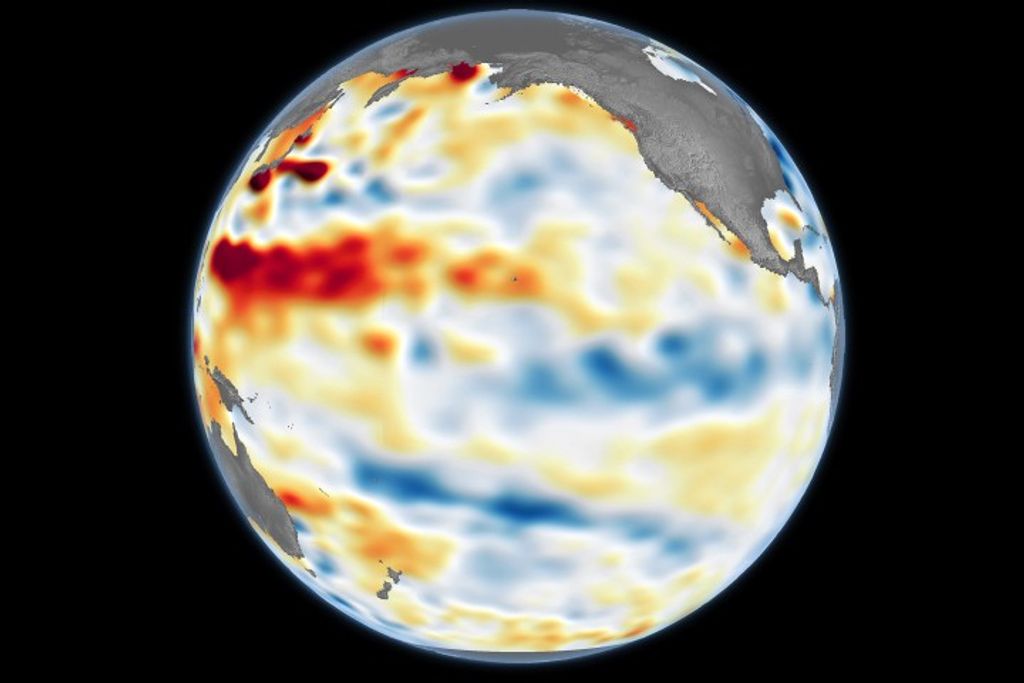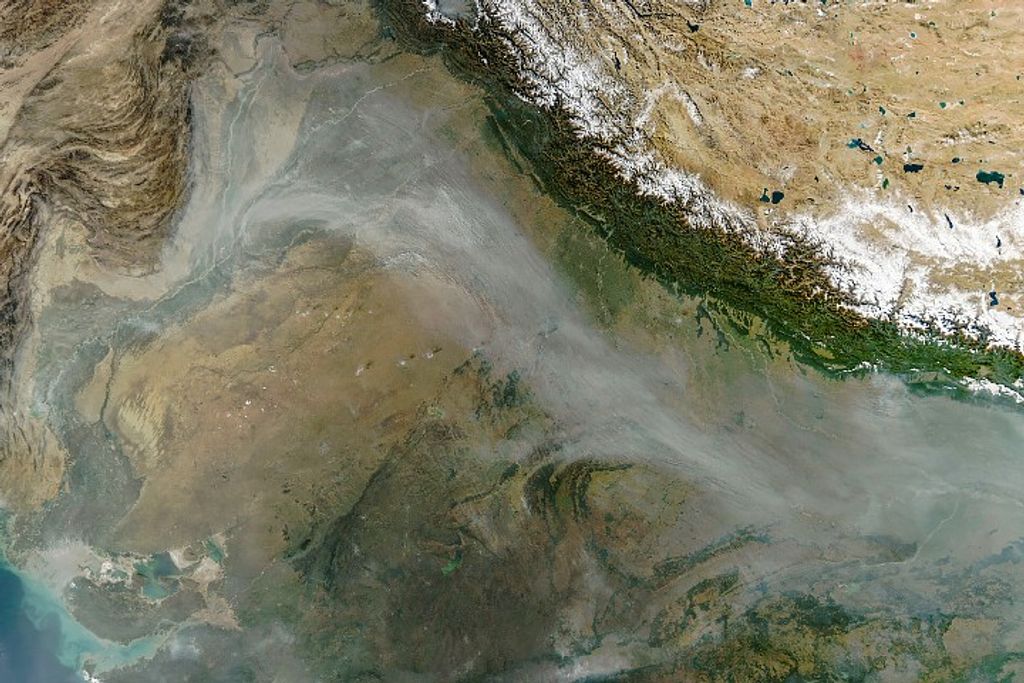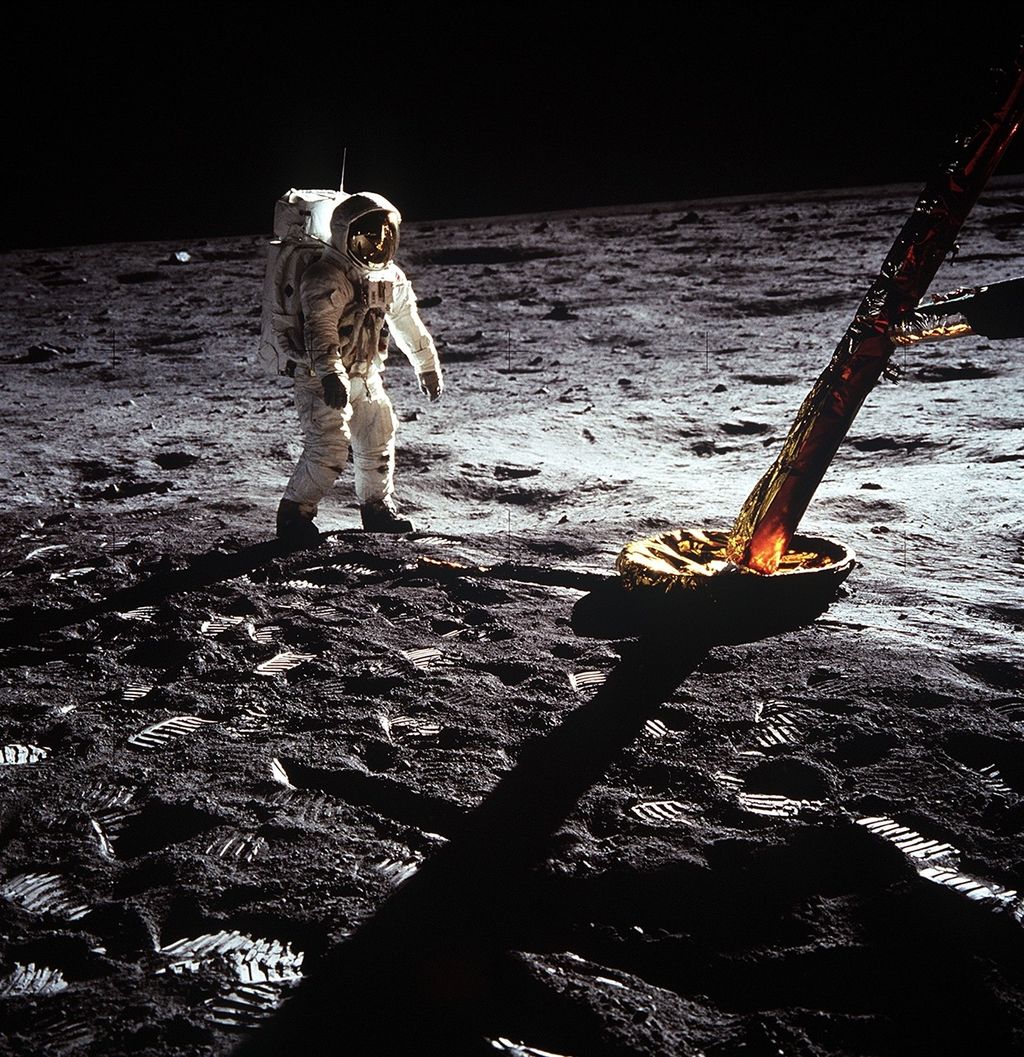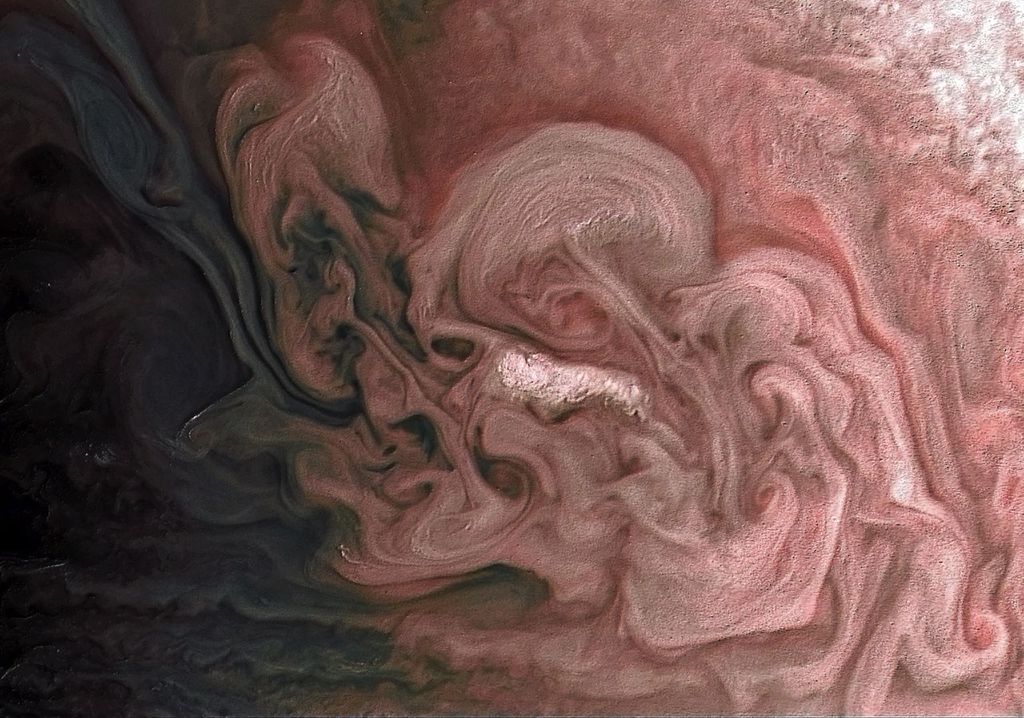1 min read
Merger of Two White Dwarf Stars

This artist's illustration shows three steps in the merger of a pair of white dwarf stars. The illustration depicts how planets may form around massive white dwarfs and is based upon theoretical studies by astronomers Mario Livio, Jim Pringle, and Rex Saffer of the Space Telescope Science Institute in Baltimore, MD.
At least half of the stars in our Milky Way galaxy are double star systems. During their evolution such systems may undergo a phase in which the cores of the two stars revolve inside a tenuous common envelope. The end product of such a phase can be a close pair of very compact objects known as white dwarfs (white dwarfs are stars late in their evolution, which have contracted to the size of Earth but retain as much mass as the Sun).
MERGER SEQUENCE:
- As the white dwarfs orbit each other, the less massive white dwarf spirals close in to its more massive - and hence more compact - companion.
- Gravitational tidal forces disrupt the less massive star because it is physically larger and more easily stretched by the intense gravity of the compact companion white dwarf.
- Though most of the material falls directly onto the white dwarf, some spreads into a broad flattened disk. Planets might agglomerate in the surrounding disk. The white dwarf disk would have about the same size and mass as the protostellar disk which accompanied our Sun's formation, but would be predominantly made of carbon and oxygen.
- Release DateJune 24, 1992
- Science ReleaseMerger of Two White Dwarf Stars
- CreditDana Berry (STScI)
Share
Details
Claire Andreoli
NASA’s Goddard Space Flight Center
Greenbelt, Maryland
claire.andreoli@nasa.gov





























